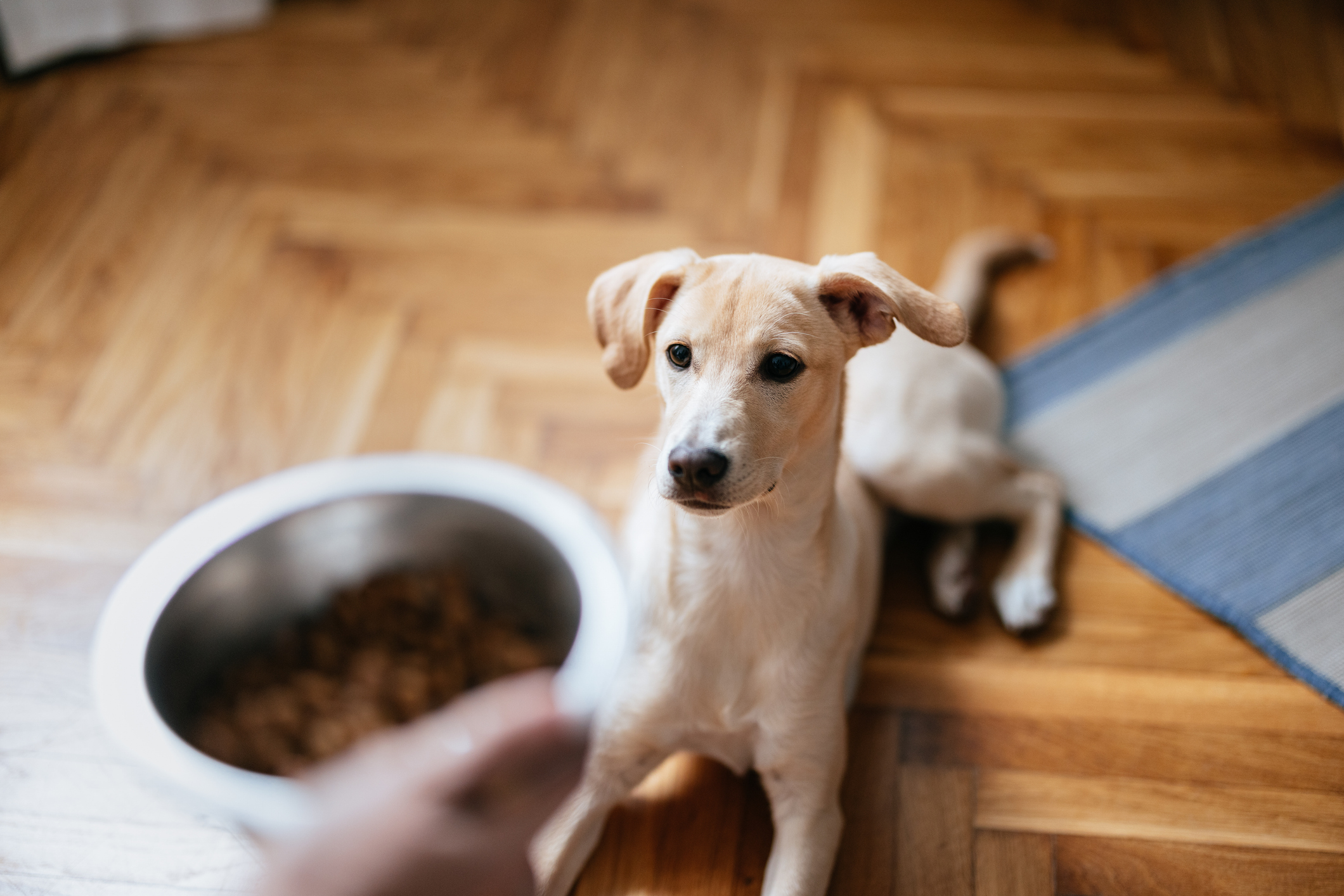Hey Ollie blog readers! We’re offering you an exclusive 60% OFF your starter box! Try now!
And now for another chapter of "The Dangers of Dry Kibble," a horror story told by science.
Did you know that when dry kibble is produced, the temperature used to dry it out (transforming the "goo" into hard, crunchy pellets) can drastically change the nutritional value of the food?
We’ve discussed the nutritional deficits of dry kibble before, but it’s worth noting some of the dangers that drying temps pose to the process. For example, the Animal Nutrition Group at Wageningen University in the Netherlands, showed that drying pet food at 160°C (320°F) to 180°C (356°F) can significantly reduce its nutritional value. (And spoiler alert: it didn’t have a whole lot of nutritional value to begin with!)
But wait, there’s more. Unfortunately.
With smaller sized kibble (roughly the size of a green pea), a drying temperature of 200°C (392°F) lowered concentrations of the following amino acids: Proline, total lysine and reactive lysine.
The drying temp of 200°C also decreased concentrations of linolenic (omega-3) and linoleic (omega-6) fatty acids, and simultaneously increased the concentration of oleic acid (omega-9 monounsaturated). This is problematic since an increase in oleic acid may point to lipid oxidation of the smaller kibbles during the drying process.
And here’s the really scary part: lipid oxidation can create off-flavors and aromas, as well as potentially toxic compounds. This is rare, of course. Pet food manufacturers have quality control measures in place that should prevent anything dangerous from entering your dog dish. (But if you ever open a new bag of kibble and your dog refuses it, pay attention and toss it out. He’s likely picking up on something that you’re not.)
Here are a few final things to chew on: Drying pet foot at higher temperatures speeds up the process for manufacturers and is therefore more cost-effective. (A big temptation if you’re a manufacturer.) It’s impossible to know from the food label at what temperature kibble was dried. Which means, of course, that even the nutritional information available on the pet food label could be inaccurate.
The ideal diet for pets is a balanced whole food, minimally processed mix of meat protein, vegetables and fruits. (You know, like Ollie!) But if you’re sticking with kibble, do your homework. Ask your veterinarian for recommendations, visit the website of the manufacturer, even send an email asking informed questions. Your pet will thank you for it!
References 1
The Ollie blog is devoted to helping pet parents lead healthier lives with their pups. If you want to learn more about our fresh, human-grade food, check out MyOllie.com.
Tagged As:

The nutrition your dog needs,
the food they want.

Enjoying our articles? Subscribe our Newsletters and get new articles directly to your inbox
You might also like
12 August 2025
5 MINS READ
Top 8 Allergens Hiding in Your Dog’s Bowl
As pup parents, we never want to see our dogs uncomfortable. When it comes to itching, swelling, and upset stomachs, the culprit may be in their bowl. Understanding the most common allergens and t…
by Ollie Pets
12 August 2025
5 MINS READ
Raw vs. Gently Cooked: Which Is Ideal for Your Pup?
As more pup parents seek the best fresh dog food for their companions, they may find themselves choosing between a raw diet and a fresh diet. While cases have been made for both options, let’s exa…
by Ollie Pets
12 August 2025
5 MINS READ
Why Human-Grade Ingredients Matter for Your Dog
A healthier, happier dog starts with the right food. That said, knowing which diet is best for your pup can be overwhelming at times. Understanding what human-grade means, why it matters, and how …
by Ollie Pets







